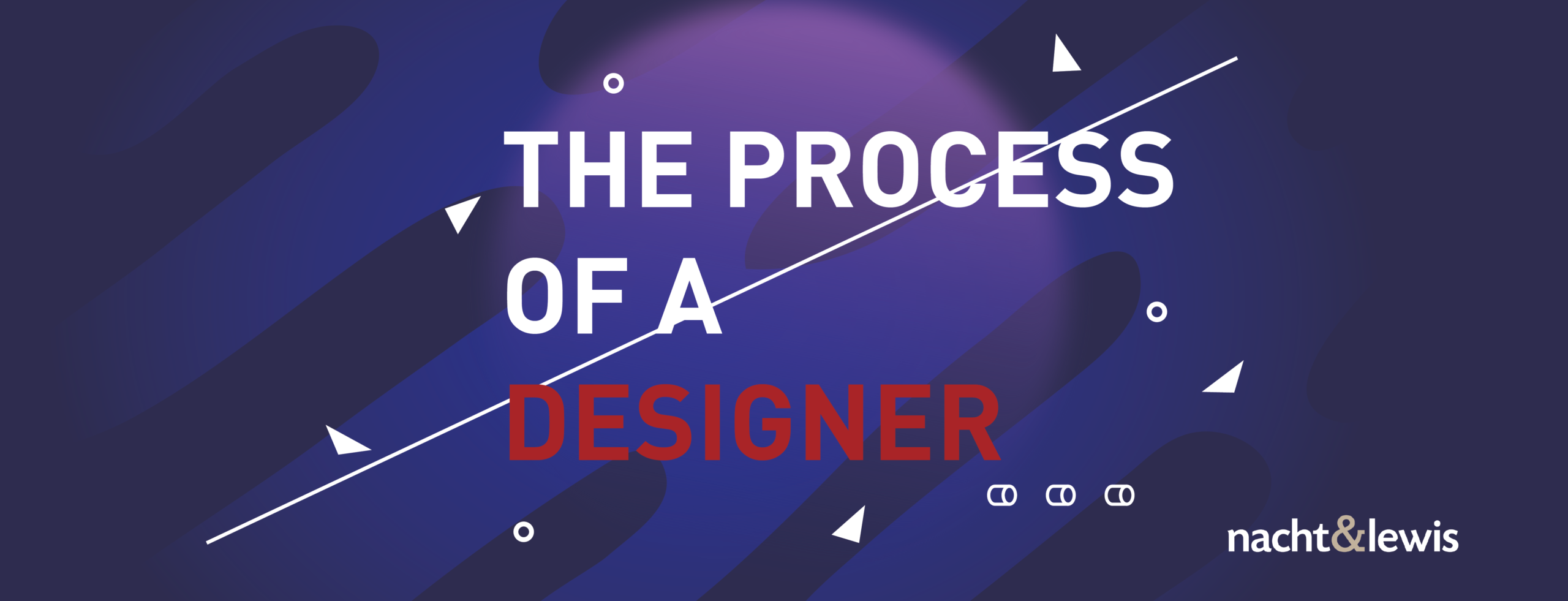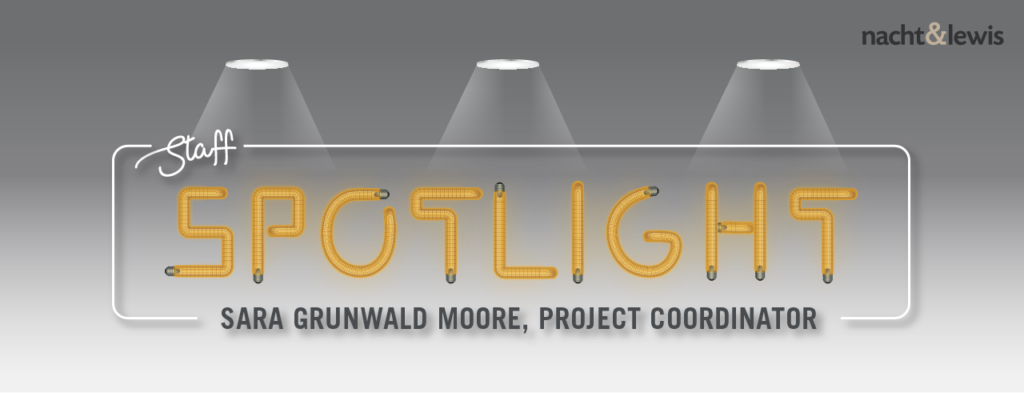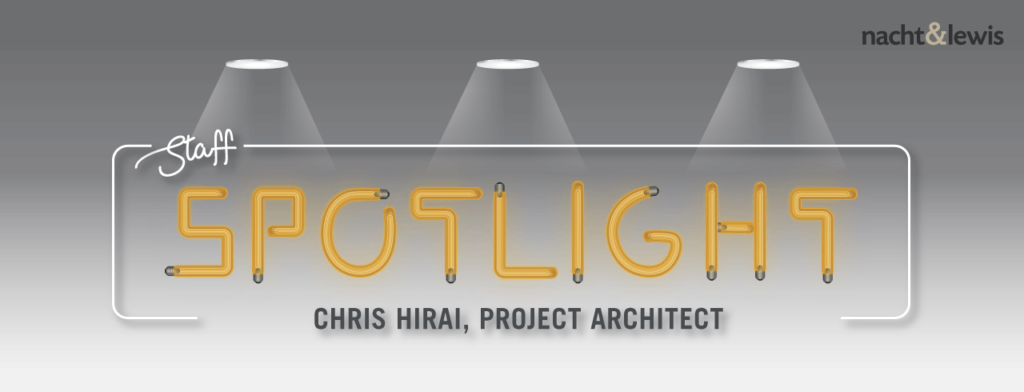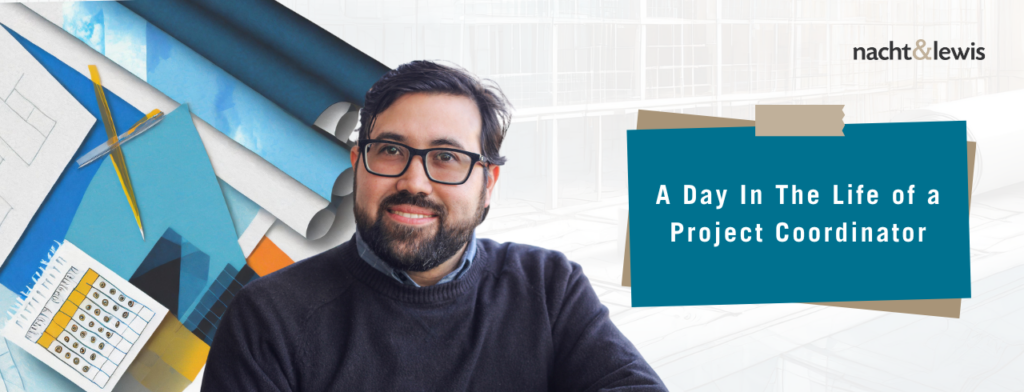“You don’t just design buildings, you design details, you design execution… you design the entire process”.
– Bob Borson, lifeofanarchitect.com
I was recently asked about “design” and what the process entails. While the notion of “design” is something achieved and perceived in an infinite array, it’s all about “interpretation” – what you want to expose and what story you want to tell or orchestrate.
To me, the most fascinating thing about “design” is the journey of editing histories of perceptions into a single current story, a clear concept, an orchestrated mood, a twist of fate, and something concrete yet with its own contradictions.
While architecture in its many forms is the physical manifestation, design remains open to more than one interpretation, its definite is also its demise for it should transcend and communicate in multitudes of ways and create its own universal language.
Materiality in architecture is something I enjoy arranging, cold, hot, hollow, heavy, dense, light, sharp, and airy – a dance of senses if you will. You’ll often find these descriptions scattered around my doodles that I keep present when I work in order to visualize materiality while I design. These are the tools I like to engage in order to give substance and authenticity to an idea or vision. Balance in good design is also very important, functional yet whimsical, pragmatic yet impulsive.
The process illustration (Figure 1) aims to capture historical reference and context by designing a visitor’s center in New Mexico around the kia symbol. Constructing the design of the building around the number four, the design symbolizes the stages of life in Native American life journey.
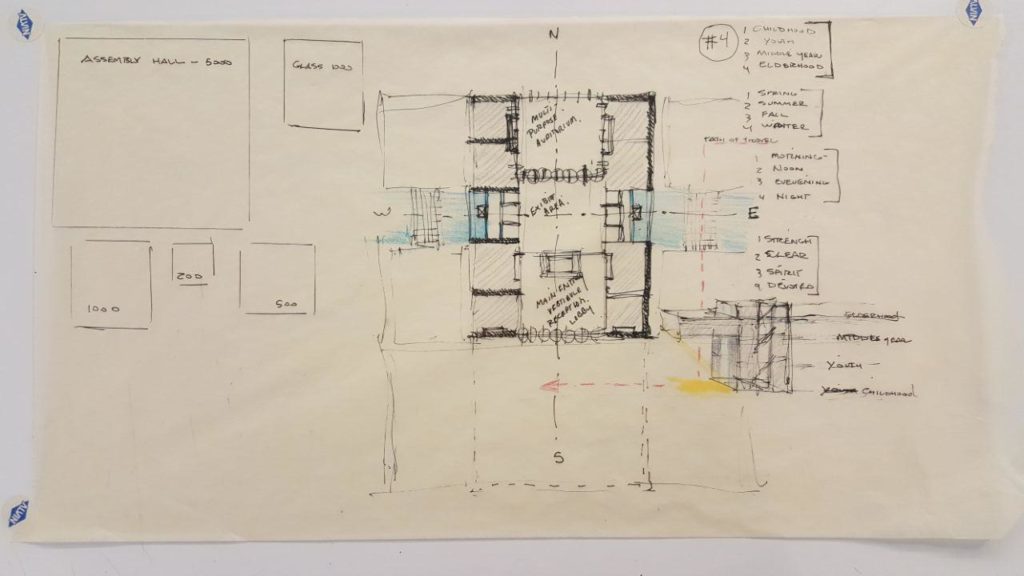
Through basic attractions to light, materials and patterns of movement, I develop spaces that address the primal experimental nature in people. A merging of interior and exterior spaces that find ground with context. Each design is informed by its own language, ensuring a thorough investigation of functionality, spatial qualities and materiality.
Design is intuition, experience, accidents, optimism, pragmatics, deliberation, collaboration and RESEARCH.
The following DMV Delano project (Figure 2) depicts the process of designing a floor pattern out of terrazzo, most widely used during the international modern movement. The floor pattern design in this case, stems out of the building’s form and other additional finish samples such as carpet in order to merge finishes in a manner that bestows historical cues to its visitors. Which is meant to be a modern design, it echoes the Bauhaus design movement of the 1920’s and 1930’s which aimed to give meaning and importance of fine arts and the arts and crafts of unique aesthetic.


